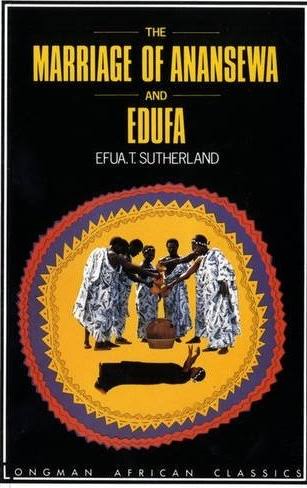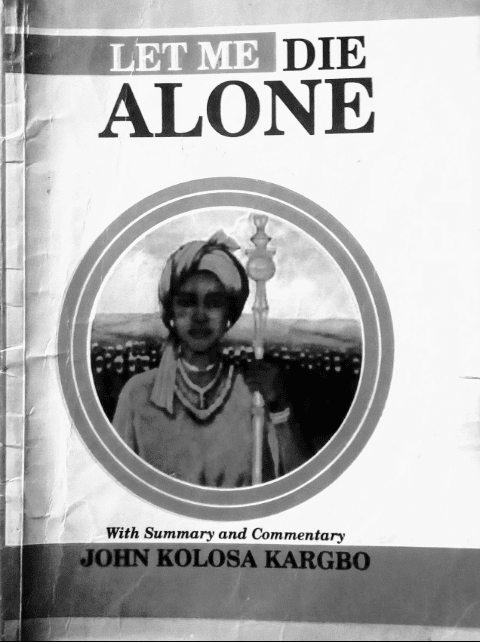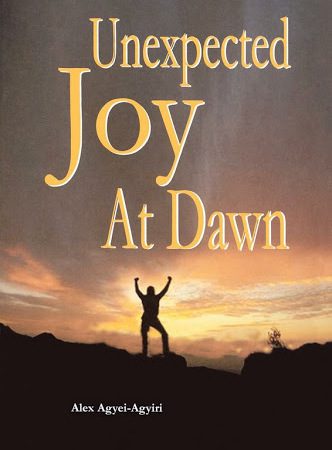Woza Albert! is a famous South African play written by Percy Mtwa, Mbongeni Ngema, and Barney Simon. It’s a political satire that was first performed in 1981, during the apartheid era.
Plot Summary of “Woza Albert!”
Woza Albert! is a fast-paced play of 26 scenes that provide a satirical portrayal of life during the apartheid era in South Africa. The play is a powerful commentary on racial oppression. It highlights the absurdity of racial oppression and the profound impact it had on the lives of black South Africans.
The central plot revolves around the anticipation of the return of a savior figure named Morena. This expectation is rooted in a biblical prophecy that parallels the return of Jesus Christ. The title of the play, “Woza Albert!” translates to “Rise Albert!” and is a reference to Albert Luthuli, a prominent leader of the African National Congress (ANC) and a Nobel Peace Prize laureate. The title symbolizes the hope for the resurrection of past leaders to address the injustices of apartheid and make South Africa a better place for its black citizens.
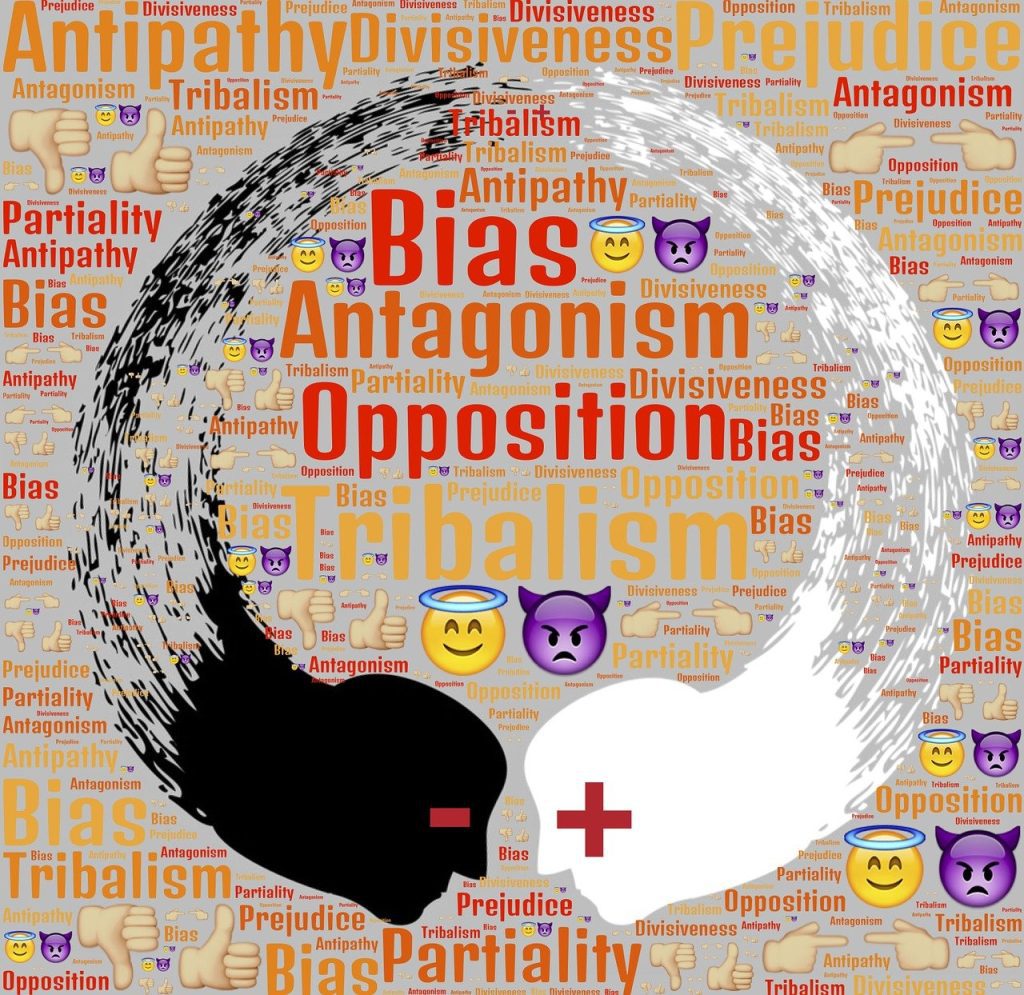
The play’s stage is minimalistic, using only two tea chests and improvised props to facilitate character transformations. The actors wear pink clown noses when portraying white characters. This underscores the theatrical and satirical nature of the production.
The scenes within the play are organized chronologically, providing a thematic unity that showcases various facets of South African society and the relationships and encounters that existed within it. For instance, the opening scene involves a police interrogation of a South African entertainer regarding his passbook, which serves as a permit for working and moving freely. As we see in the following scene, this offence is punishable by jail time.
As the play progresses, it delves into the hardships and desires of the oppressed population. The characters transform themselves to represent a range of roles, from prison inmates debating protest strategies to train-hoppers discussing religion and the possibility of Morena’s return.
In scenes 7 and onwards, the characters conduct interviews with international figures like Fidel Castro and local South Africans, offering a satirical critique of media sensationalism. These interviews underscore the genuine hopes and aspirations of the oppressed population.

The play also portrays the various segments of South African society through interactions with characters like a meat vendor selling rotten meat, an elderly woman searching for food in garbage cans, a barber with minimal tools, and a frail, toothless old man who shares a historical narrative. The take-away from these interactions is that Morena faces dangers should he choose to come to the apartheid South Africa.
The tone of the play shifts as anticipation for Morena’s arrival intensifies, leading to comical portrayals of media frenzy. Morena finally arrives, performing modern-day miracles, experiencing betrayal, crucifixion, and ultimately resurrection. This resurrection not only relates to the biblical context but also symbolizes the resilience of the human spirit in the face of oppression.
By the end of the play, Morena raises Albert Luthuli and other prominent black South African leaders like Robert Sobukwe, Lilian Ngoyi, and Steven Biko from the dead (in the same manner Jesus miraculously raised Lazarus from the dead in the Bible) with the intent to make South Africa a “heaven on earth” for the blacks.
The play concludes with a celebratory and hopeful tone emphatic of the belief that the spirit of the black heroes will prevail and lead to a better South Africa. This is signified in the stinging of the freedom song:
Our Lord is calling
Woza Albert!
He’s calling for the bones of the dead to join together
He’s raising up the black heroes
He calls to them.
Read Also: Themes in “Woza Albert!”
Significance of “Woza Albert!”
Woza Albert! holds a significant place in South African theatre history as a prime example of social theatre. The collaboration between Ngema and Mewa, both black playwrights, and Simon, a white producer, was groundbreaking and transcended racial barriers. Theatre, in this context, became a powerful vehicle for conveying the harsh realities of apartheid, educating white audiences about the horrors of the system, and providing a platform for black self-expression at a time when other direct forms of social criticism were banned.
It is significant to note that after Woza Albert! Mbongeni Ngema continued to address the political and social realities of South African life, especially through his play Bopha! (1986). Bopha! explored the conflicts between two brothers who had different interpretations of their roles as black policemen serving the white South African government. Barney Simon’s innovative Market Theatre also continued to thrive, even after his death in 1995. And Ngema gained international acclaim for his works which include Asimali (premiered in 1983) and Sarafina (premiered in 1987).
The emergence of revolutionary anti-apartheid theater can be traced back to 1973 with the premiere of Athol Fugard’s play The Island in 1974. Plays like Woza Albert! and Ngema’s Sarafina and Asimali were made possible by the groundwork laid by Fugard’s work. Although the authorities attempted to suppress protest theatre, the playwrights insisted that their art should be seen not just as protest but as a celebration of their resilience and life experiences.
The release of Nelson Mandela from Robben Island in 1990 marked a turning point. International media coverage of his release paralleled the envisioned response to Morena’s return in Woza Albert!
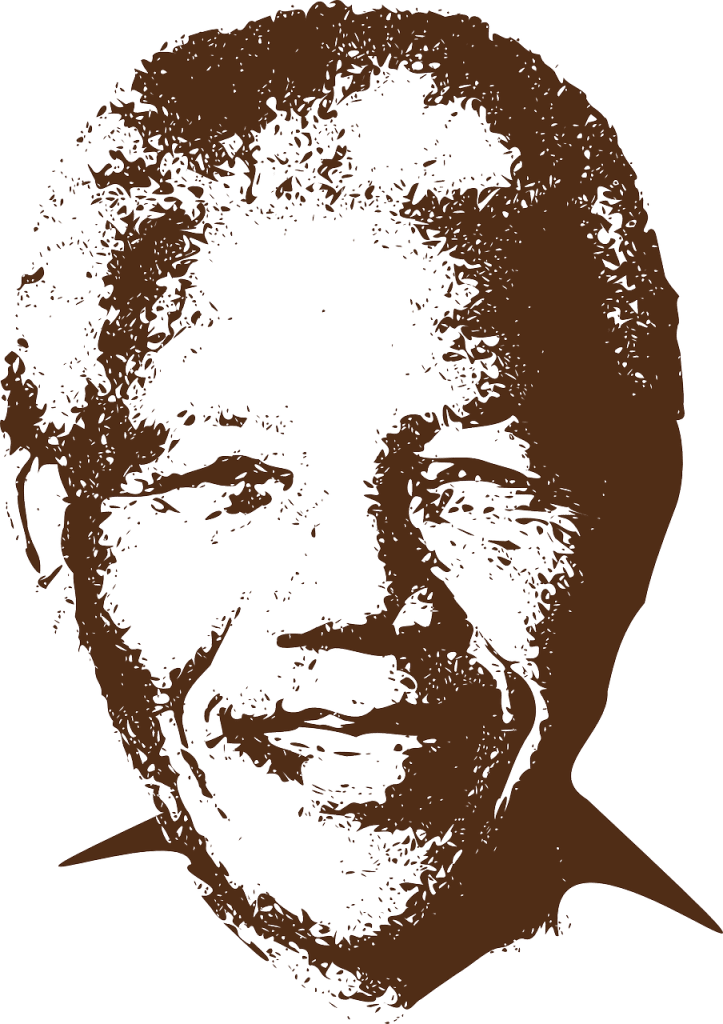
While some political protest theatre lost its relevance with Mandela’s release, it signalled a new era in which playwrights gained the freedom to address a broader range of concerns and social aspirations as apartheid came to an end. This historical context illustrates the transformative power of theatre and its role in challenging and reshaping society.
Read Also: Characters in “Woza Albert!”
Dramatic Devices in “Woza Albert!”
Various dramatic devices are creatively employed in Woza Albert! to engage the audience and deliver a potent political commentary. The play skillfully combines satire, symbolism, multilingualism, and innovative performance techniques to create a powerful theatrical experience.
Satire
Woza Albert! is steeped in satire. Through the use of humour and irony, it critiques the absurdities of apartheid. This allows the playwrights to balance the sharp political commentary, and the audience to digest challenging themes with levity. For example, the portrayal of a black Morena as a second coming of Christ in a society characterized by institutionalized racism and oppression is deeply ironic. This irony is present throughout the play as it challenges the apartheid government’s proclamations of being a Christian nation.
Quick Scene Changes and Multicharacter Portrayals
The play’s fast-paced structure features quick scene changes and a two-man cast taking on more than a dozen different characterizations. The actors’ ability to rapidly transform into various characters is a notable dramatic device. They use minimal props and costumes, such as pink clown noses when portraying white characters, to transition between roles.
Symbolism of the Clown Nose
The pink clown nose, used to designate white male characters, serves as a powerful symbol of the buffoonery, absurdity, and cowardice of the apartheid regime. It highlights the hypocrisy of the oppressors.

Real Names of the Actors
The use of the actors’ real names when performing multiple roles adds a layer of reality to the play. It reminds the audience that the actor-playwrights have firsthand experience with the absurdity they are dramatizing.
Multilingual Dialogue
The inclusion of lines and words in both Zulu and Afrikaans adds authenticity and depth to the play. It provides a bilingual experience for the audience and helps bridge cultural gaps.
Performance Elements
The performers utilize mime, dance, music, song, and athleticism to sustain the energy of the play. These performance elements enhance the theatrical experience.
Biblical Symbolism
Biblical symbolism is a recurring dramatic device in the play. Morena is asked to perform miracles comparable to those of Jesus, drawing parallels between the two. Scene 18 features an archetypal Judas figure, mirroring the biblical betrayal, with a direct confrontation between Morena and Judas. These biblical references add depth and familiarity to the narrative.
Besides, Morena represents hope and resistance against oppression. His resurrection of historical figures like Luthuli, Sobukwe, Ngoyi, and Biko symbolizes the call for new leaders to emerge and continue the fight against apartheid.
Monologues
The characters use monologues to convey Morena’s words and actions throughout the play. This technique implies the involvement of three characters, even though only two actors are visible. It allows for virtual conversations between the two real characters and the virtual character of Morena.
Invisible Interviewer
Another dramatic convention involves the presence of an invisible interviewer. This character canvasses South Africans about the blessings and miracles they seek from Morena. This technique engages the audience in a form of participatory theatre, making them part of the narrative.
Media Parody
The play parodies the media, both local and international, as it covers Morena’s arrival. This parody highlights the discrepancy between the media’s fascination with a sensational event like the second coming of Christ and its indifference to the suffering of South Africans under apartheid. The media’s presence is depicted as more interested in a “good story” than in addressing the real issues.
 WHATSAPP: Click HERE to join the new Literature PADI WhatsApp group to receive latest updates on your phone and for further literary discussions!
WHATSAPP: Click HERE to join the new Literature PADI WhatsApp group to receive latest updates on your phone and for further literary discussions!

